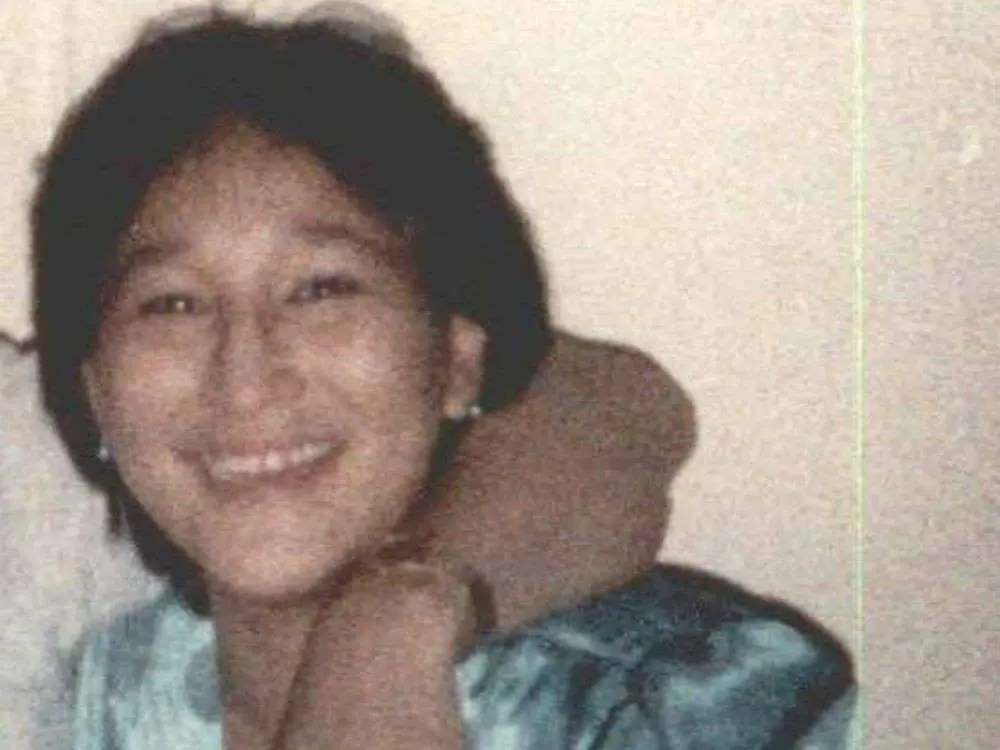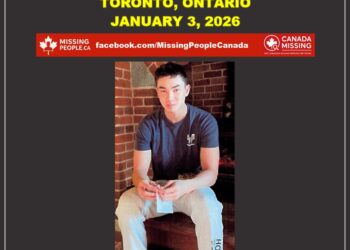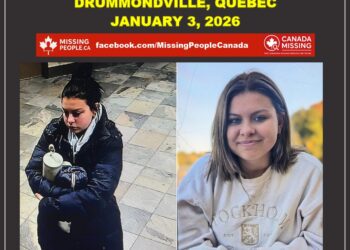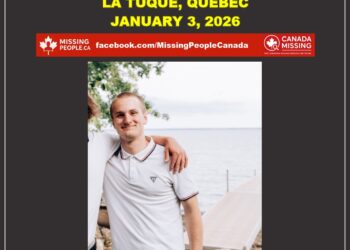RCMP investigators in Yellowknife have new leads to follow in a nearly 30-year-old missing persons case after a bone fragment was matched to Mary Rose Keadjuk.
“All major crime investigators and detectives … that’s what we do. The investigations are open and they are active and we keep at it,” said Const. Jack Keefe, an investigator with the RCMP in Yellowknife. “I think in the back of our minds is always the families that we work for. It is satisfying to be able to get some closure and resolution for families.”
Keadjuk, 24, a petite woman at just 5-foot-2, with brown eyes and black hair, was last seen on June 28, 1990.
Keadjuk had been staying at the Gold Range Hotel in Yellowknife when she disappeared, leaving her belongings — including her glasses — behind.
An investigation was launched and has remained open for decades, but her surviving family members have been left without answers.
In 2003, Keefe said a person walking their dog near the Con Mine found a bone fragment and turned their find in to the chief coroner in Yellowknife.
The coroner sent the fragment to a forensic anthropologist at the University of Alberta, who was able to tell the remains belonged to a woman, small in stature who was more than 20 years old, and that the person had died relatively recently.
“We have a number of missing persons files here in Yellowknife, and some of the people in those missing persons files matched the description that we got from the forensic anthropologist,” said Keefe.
The remains were sent for DNA testing in 2005, but when the results came back in 2006 analysts were unable to get a profile.
“It’s not like CSI,” said Keefe.
The fragment was tested for DNA again in 2007 and twice more in 2016, each time returning the same negative result.
It was then RCMP investigators learned of the International Commission on Missing Persons, which operates an advanced forensics lab in Bosnia and Herzegovina.
The lab agreed in 2017 to test the bone fragment found near Con Mine and got a positive result, returning a partial DNA profile.
“The next step was to try to find out who the person is,” Keefe said.
Investigators then sent familial DNA samples from similar missing persons cases to the lab, including those collected from Keadjuk’s family members.
The fragment was a match to Keadjuk.
“Part of being an investigator is you head down different avenues of investigation and frequently when you get to the end of it, it doesn’t yield anything and you have to back up and start again,” said Keefe. “It really is positive when you get that kind of reply.”
Now that investigators can link the two cases, Keefe was cautiously optimistic it could yield new leads and hopefully more answers for Keadjuk’s family.
While the results were good news for investigators, Keefe said, emotions were mixed for Keadjuk’s family, who were grateful to have answers in Keadjuk’s case but are grappling with the realization that their loved one will never come home.
https://www.msn.com/en-ca/news/world/bone-fragment-found-in-yellowknife-matches-woman-missing-since-1990/ar-BBJxa44







